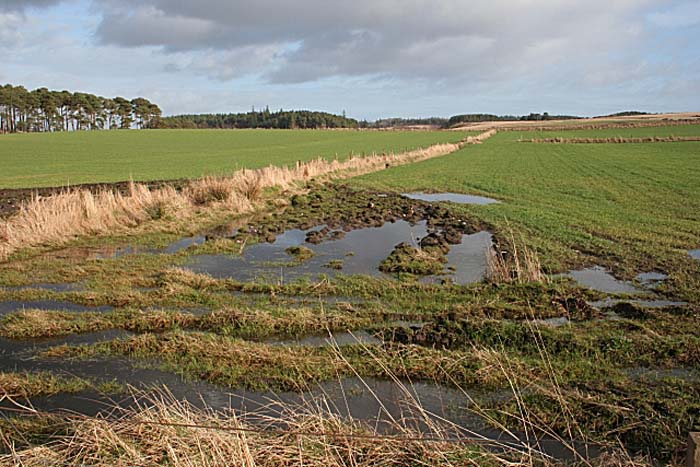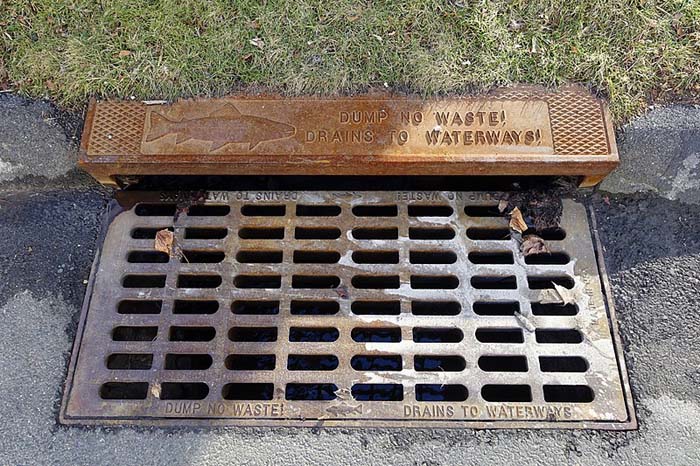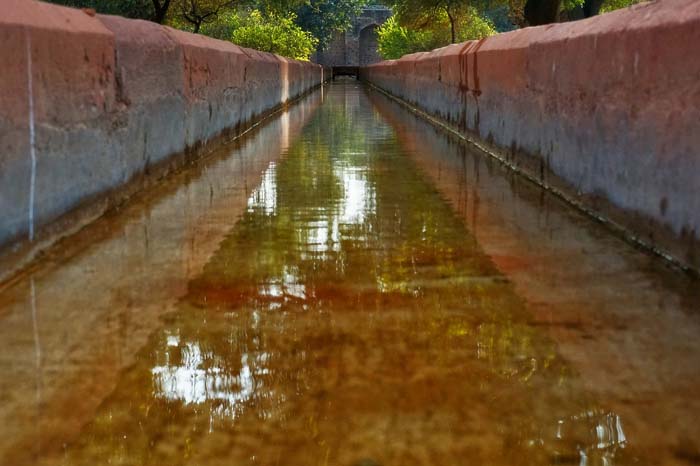Liquid drain cleaners can unclog commercial, industrial, and residential pipes and drains. These are usually strong chemical solutions. Commonly used in liquid form, these cleaners help to dissolve a wide range of organic pollutants that might clog plumbing systems, including soap scum, grease, hair, and more organic materials.
When used as directed, liquid drain cleaners dissolve and dismantle blockages in pipes, restoring the free flow of water. They incorporate powerful acidic or alkaline ingredients like sulfuric acid or sodium hydroxide, which combine with the substances causing blockage. This process breaks down the blockage-causing substances into smaller particles, making them easier to wash away.
Liquid drain cleaners can be used if you have mild to moderate blockage in your toilets, bathtubs, and sinks. You pour the solution down the drain, let it sit for a while, and then flush it away with water. It’s that simple to use.
Because of their acidic and sometimes dangerous properties, liquid drain cleaners should be used cautiously and according to the manufacturer’s directions. Improper use can risk fixtures, pipes, and users’ health.
Here’s how Liquid Drain Cleaner works:
Liquid drain cleaners commonly use chemical reactions to remove clogs and clean drains. A more basic breakdown of how they function is as follows:
Some liquid drain cleaners use chemicals that coat the inside of the pipes to prevent further blockages caused by debris buildup.
When you pour the liquid drain cleaner into the drain, the blockage-causing material reacts with it into the drain. The chemical reaction produces heat, which aids in dissolving or melting the blockage.
When the obstruction dissolves, the drain becomes unclogged, restoring the water flow. It is common to use water to flush the dissolved debris out of the drain, allowing it to flow freely.
The drain cleaner’s chemical ingredients dissolve the blockage into smaller, more manageable pieces. This makes it easier to loosen the obstruction and flush it away with water.
Acids like sulfuric acid and strong alkalis like sodium hydroxide are typical chemical components of liquid drain cleaners. Because of their strong reactivity, these chemicals can dissolve organic materials that contribute to blockages, such as food particles, grease, hair, and soap scum.
The best liquid drain cleaners to unblock clogged drainage
- Drano Max Gel Drain Clog Remover and Cleaner
One well-liked solution for cleaning pipes and unclogging drains is the Drano Max Gel Drain Clog Remover and Cleaner. The thick gel mixture effectively dissolves stubborn blockages that develop in pipes. This is due to the gradual accumulation of soap scum, hair, and other debris. It is usual to pour it down the drain, let it sit for a while to do its job, and then flush it away with hot water. Because it includes powerful chemicals, you must use it properly and adhere to all safety protocols to avoid injury.
Pros:
Because of its adaptability, it can solve a wide range of typical plumbing problems in the home, including those in showers, tubs, and sinks.
Because Drano Max Gel is less expensive, it is an affordable alternative to hiring a plumber for small drain problems.
Because of its thick gel consistency, it is easy to pour down the drain and doesn’t require much effort to apply.
It usually works in 15 to 30 minutes for small clogs, so it’s a short-term solution.
Most online sellers and supermarkets conveniently carry Drano Max Gel, making it easily accessible whenever needed.
Drains can easily clog with grease, soap scum, hair, and other common debris; Drano Max Gel helps to dissolve these and other stubborn obstructions.
Consistent use keeps pipes clean and unclogged, which helps avoid future blockages.
Cons:
Alternative methods or professional assistance may be necessary if it fails to effectively clear blockages of particular materials, such as plastic pipes or solidified ones.
- Effects on the Environment
Drano Max Gel contains substances that, if discarded incorrectly, could cause environmental harm. When used improperly or in excess, they can also cause pipe damage.
The strong chemicals in Drano Max Gel pose a threat if not handled properly. Safety measures, such as wearing protective gear like goggles and gloves and keeping them away from kids and pets, are critical.

Most plumbing systems can safely use Drano Max Gel, but using it too often or long could damage your pipes.
Some people might find the product’s strong chemical smell irritating and unpleasant.
- Green Gobbler Liquid Hair Drain Clog Remover and Cleaner
This liquid drain cleaner easily unclogs drains clogged with hair, grease, soap scum, and other debris. Its formulation, which dissolves these items swiftly and efficiently, makes restoring proper drainage in sinks, tubs, showers, and other plumbing fixtures easier.
One of its key selling points is its non-corrosive, septic-system, and pipe-safe formulation. In many cases, it employs a combination of powerful enzymes and other all-natural substances to loosen obstructions, making it easy to flush them away with water.
Apply the appropriate dosage of Green Gobbler to the affected drain, let it sit for the designated period (usually 30 minutes to an hour), and then flush it out with hot water. According to many users, it eliminates the need for heavy human labor and harsh chemicals and successfully clears even the most stubborn blockages.
Pros:
It works in a wide variety of plumbing fixtures, including those found in toilets, kitchens, and bathrooms.
- No damage to the plumbing or septic tanks
You won’t have to worry about expensive plumbing repairs. This is due to the non-corrosive formula’s ability to avoid damaging septic tanks or pipes.
This one is better for the environment than drain cleaners containing harmful chemicals. The construction materials used are non-toxic and biodegradable.
Just pour the suggested amount down the drain, let it sit for a bit, and then flush with hot water to finish. Simplified methods and equipment are sufficient.
- Resolves hair blockages effectively
Hair is a typical source of clogged drains in tubs, showers, and sinks. However, many users have found that Green Gobbler easily clears hair jams.
Cons:
Since it may be necessary to apply it more than once to remove really hard clogs, the price tag could be higher than that of competing drain cleaners.
Some customers have complained that working with Green Gobbler in places with insufficient ventilation is uncomfortable due to the product’s strong chemical odor.
- Not suitable for all clog types
Green Gobbler works well for organic material and hair clogs but may not be effective for solid objects or mineral buildup blockages.
- Irritate the eyes and skin
If not used correctly, this chemical cleaner can irritate the skin and eyes. Always wear protective gear, such as gloves, and keep the product away from your eyes and skin.
- It may be necessary to use several applications
Although it works for most people, some clogs are difficult to remove and may necessitate more than one application or mechanical procedure, such as snaking or plunging.
- Drano Max Build-Up Remover Drain Cleaner
For those times when other drain cleaners have failed, try the Drano Max Build-Up Remover Drain Cleaner. Its special composition breaks down the buildup of soap scum, hair, and other debris in pipes. This buildup can lead to clogged drains or poor drainage over time. It is common practice to pour Max Build-Up Remover down the drain, wait the recommended period, and then flush the system with hot water. To be sure it works and stays that way, read the directions thoroughly. When cleaning this chemical drain, use protective gear, like gloves and goggles. If the blockage continues or you are worried about the safety of chemical cleaners, it is best to call a plumber.
Pros:
By keeping drains free of buildup, this product can aid in preventing future clogs.
Drano Max typically clears clogs quickly and restores proper drainage, saving time and effort.
With its convenient liquid form, you can easily pour this product down the drain for effortless application.
- With a tough buildup, it works wonders
For stubborn blockages and accumulations in drains, such as soap scum, hair, and other organic substances, try Drano Max Build-Up Remover.
Cons:
Powerful liquid drain cleaners like Drano Max Build-Up Remover can damage pipes if they are handled improperly or exposed to specific substances for an extended period of time.
- Effects on the environment
If not disposed of correctly, the chemicals in liquid drain cleaners might harm the environment. Take care when using and disposing of the product.
- Not ideal for all kinds of pipes
Some pipes, particularly older or more sensitive ones, may not be able to withstand the powerful ingredients used in this cleaning. Before using, make sure you read the manufacturer’s instructions carefully.
In the wrong hands, the powerful chemicals in Drano Max Build-Up Remover—like those in other drain cleaners—can cause serious injury. Use it with caution and pay attention to safety instructions.
- Green Gobbler Enzyme Drain Cleaner
Green Gobbler Enzyme Drain Cleaner, a well-liked product, is known for its environmentally conscious method of unclogging drains. Blockages in drains can be due to organic materials like food particles, hair, grease, and soap scum. This product uses natural enzymes to break down these substances. This enzymatic activity is typically kinder to pipes and the environment than conventional drain cleaners. This is because it dissolves the blockage without using harsh chemicals. It’s available in powder and liquid forms, among others, to address a wide range of plumbing issues. Its biodegradability and widespread praise for its efficacy have made it a popular option among eco-conscious homeowners seeking an alternative to harsh chemical liquid drain cleaners.

Pros:
A lot of people have found that Green Gobbler works great to unclog drains clogged with ordinary household items, including food particles, hair, soap scum, and grease.
Users can choose the most appropriate Green Gobbler in several sizes and formulations for their drain cleaning needs.
Most people believe Green Gobbler is safe for PVC and metal pipes, unlike other chemical liquid drain cleaners.
To use Green Gobbler, you usually need to pour the recommended amount down the drain and wait for it to work.
One of Green Gobbler’s main selling points is that it dissolves obstructions using natural enzymes rather than harmful chemicals in its formulation.
Cons:
For some, the pungent odor of Green Gobbler makes it an unpleasant liquid drain cleaner to use.
- Not appropriate for all blockages
Green Gobbler works well on organic matter, but it may not work well when faced with mineral deposits or other obstructions.
Several users have noted problems with the packaging, including difficulty opening the container and leaks.
Numerous customers have said that Green Gobbler’s eco-friendly features make up for the product’s higher price than conventional chemical drain cleaners.
When dealing with really difficult or long-lasting clogs, you may need to use a chemical drain cleaner in addition to Green Gobbler.
- CLR Clear Pipes & Drains Clog Remover and Cleaner
This liquid drain cleaner removes and cleans deposits and obstructions from drains and pipes. Its formula targets typical organic material blockers such as soap scum, oil, hair, etc. This is a safe product for PVC and metal pipes.
Following the directions on the bottle, pour this liquid drain cleaner directly into the drain. It dissolves the blockage upon penetration, making it easy to flush away with water. Some materials are caustic and may necessitate protective gear like goggles and gloves while you work with them. Therefore, be sure to read and follow all manufacturer safety precautions.
Never combine this liquid drain cleaner with other chemicals, as doing so might release toxic fumes. Adequate ventilation is essential while using any cleaning solution. If you are still determining whether this product suits your plumbing requirements, seek the manufacturer’s or a plumber’s advice.
Pros:
To ensure drains are buildup-free and prevent future blockages, use CLR Clear Pipes & Drains on a regular basis.
Because most formulas are liquid, they are easy to apply. You need to pour the formula down the toilet.
It is compatible with various plumbing fixtures, such as tubs, bathroom sinks, kitchen sinks, and showers.
It usually removes blockages and restores normal drainage in a short period of time.
- Efficient in clearing blockages
CLR Clear Pipes & Drains is able to dissolve and break down common blockage elements, including soap scum, grease, hair, and other organic substances.
Cons:
CLR Clear Pipes & Drains can help unclog most clogs. However, you may need to take extra precautions or call an expert for particularly difficult or stubborn ones.
Improper disposal or leaching of the chemicals used in drain cleaners can harm the environment.
Many chemicals used to make this liquid drain cleaner are powerful and dangerous if not used correctly. Additionally, they can potentially harm specific pipe types.
It is critical to take safety measures and wear protective clothing when working with the product. It is toxic when touched directly or inhaled in fumes.
Particularly in places with insufficient air circulation, the chemical smell of this liquid drain cleaner could be too much for some people to bear.
Conclusion
Liquid drain cleaners are quick and efficient, but you should only use them sparingly and as a last resort after you’ve tried more traditional methods like snaking or plunging. The safe and successful use of these products also depends on regular maintenance and the proper disposal of chemical residues.
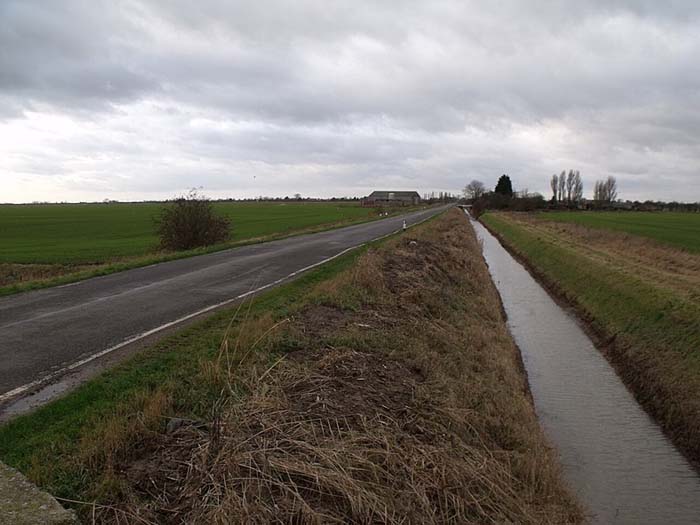
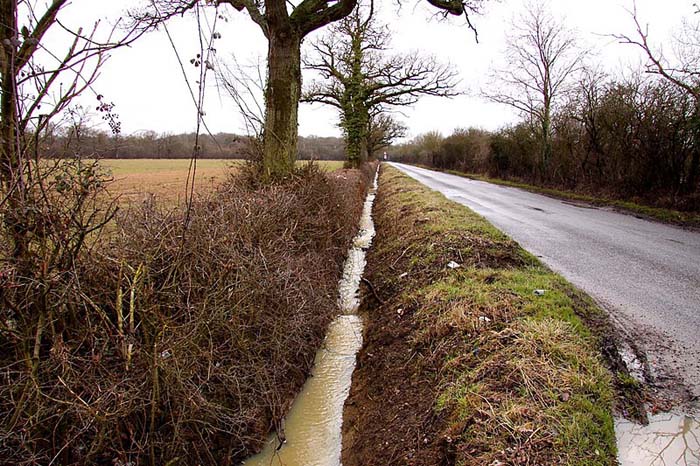

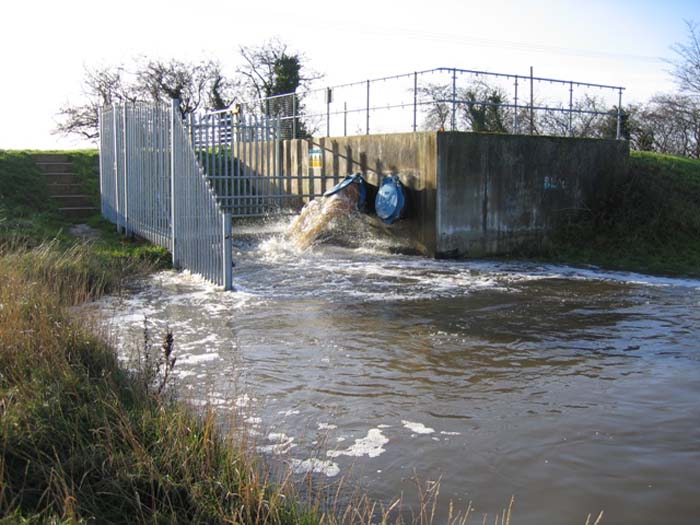

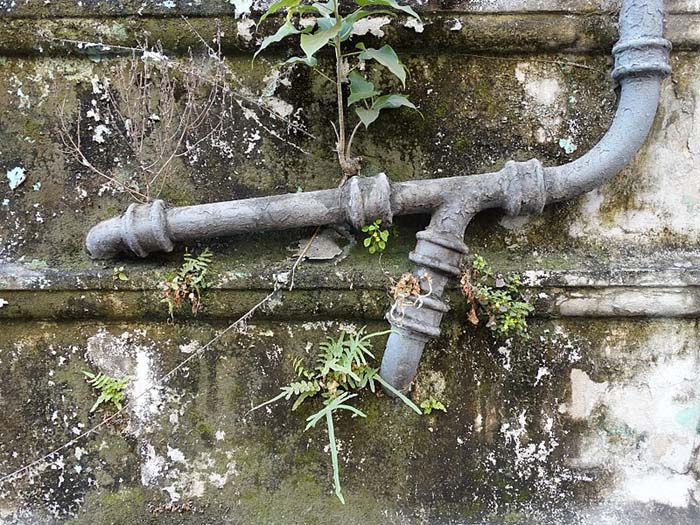



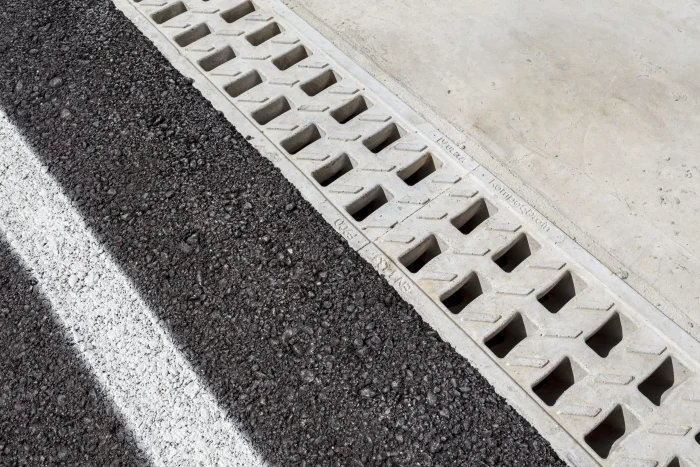

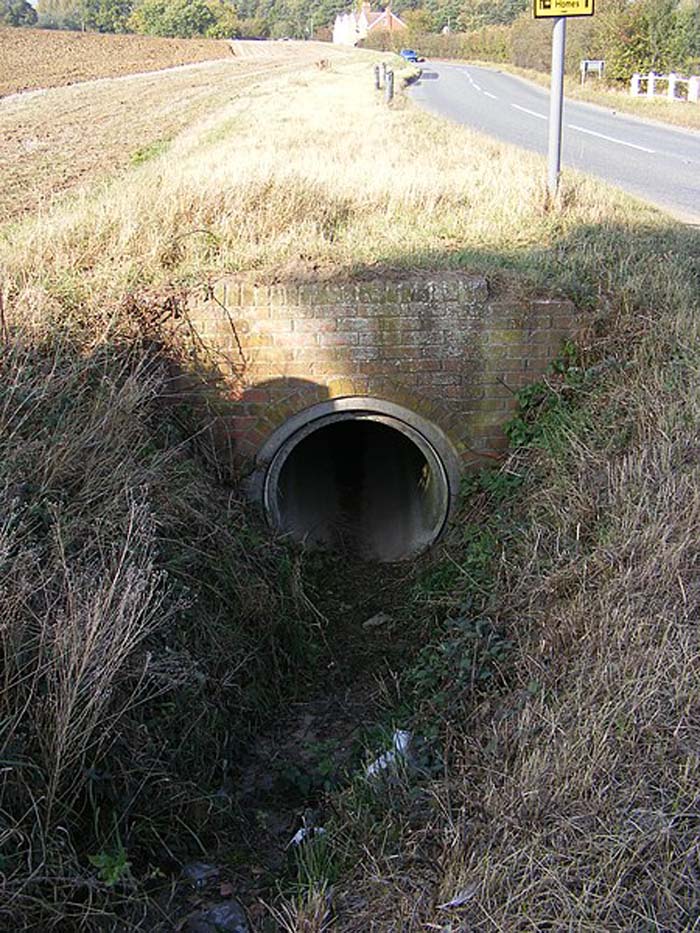
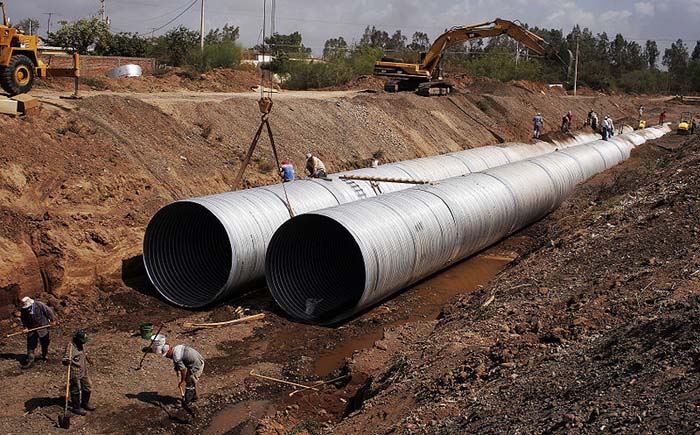 The minimum slope for a trench drain
The minimum slope for a trench drain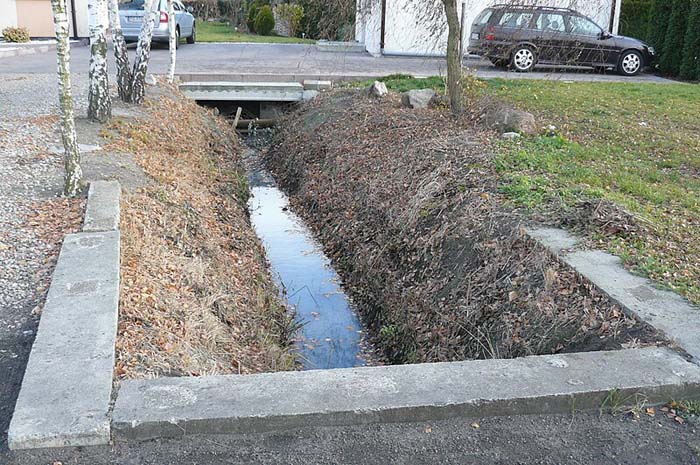
 How deep can a trench drain be?
How deep can a trench drain be?